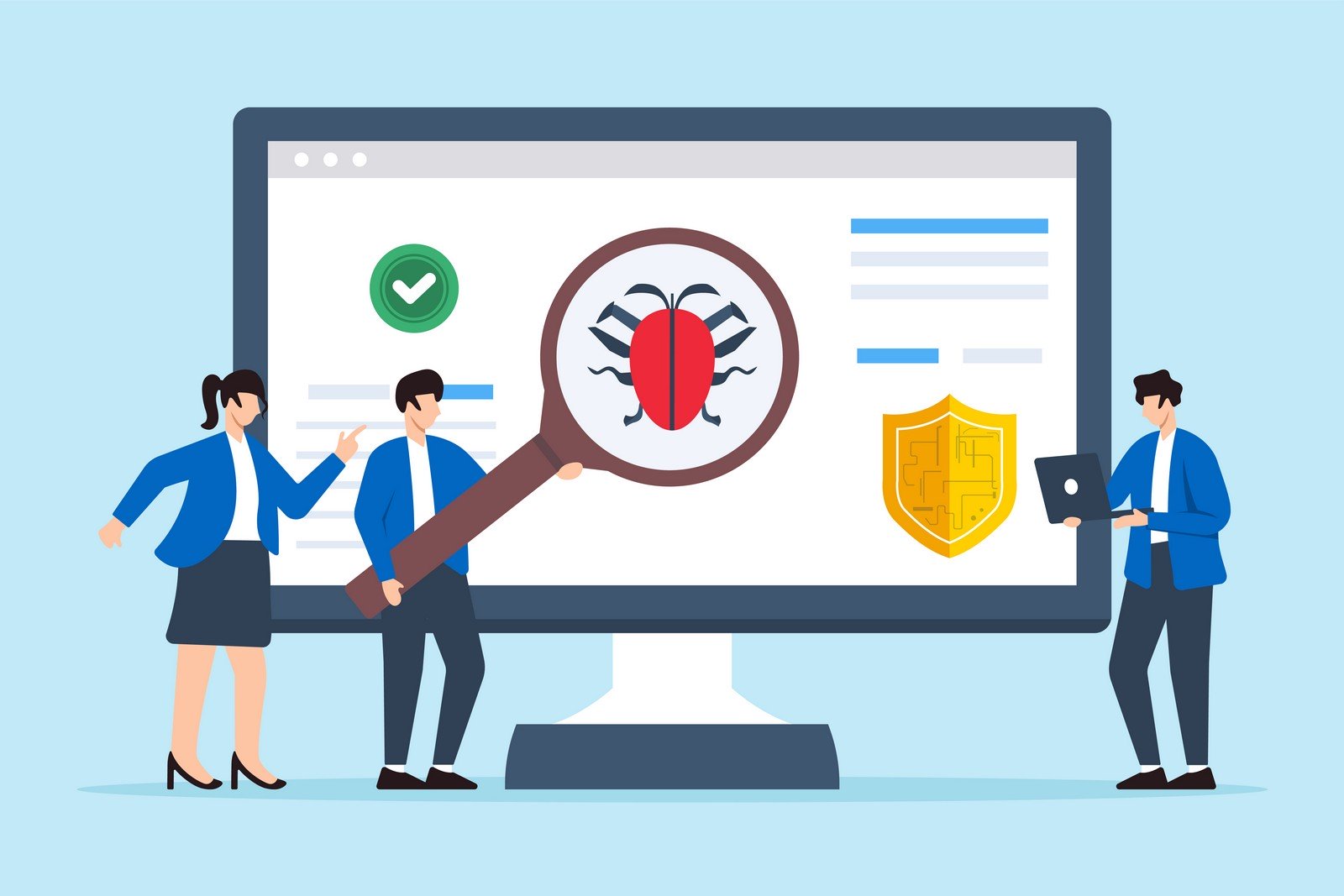Apple Private Cloud Compute Security and Bounty FAQ

Quick Navigation:
- What is Apple’s Private Cloud Compute (PCC)?
- What are the main security features of PCC?
- Who is eligible for the PCC Security Bounty program?
- What is required to access the Virtual Research Environment (VRE)?
- How does the VRE aid in PCC security research?
- What types of vulnerabilities are rewarded in the PCC Security Bounty?
- What are the specific bounty categories and rewards?
- What is the submission process for the PCC Security Bounty?
- Are vulnerabilities that don’t match specific categories eligible?
- Can PCC software be modified for testing in the VRE?
- How can researchers access PCC’s source code?
What is Apple’s Private Cloud Compute (PCC)?
Private Cloud Compute (PCC) is Apple’s secure cloud platform supporting computationally intensive tasks for Apple Intelligence. It provides advanced privacy features, ensuring security that extends Apple’s device-level protections to cloud AI processing.
What are the main security features of PCC?
PCC includes authenticated request routing, hardware-based attestations, and protections against various attack scenarios, offering a secure, private environment for AI processing. For full details, see the PCC Security Guide.
Who is eligible for the PCC Security Bounty program?
Anyone meeting Apple’s criteria for responsible disclosure can participate. This includes agreeing to Apple’s terms on proof-of-concept evidence and adhering to legal eligibility requirements.
What is required to access the Virtual Research Environment (VRE)?
The VRE requires a Mac with Apple silicon, 16GB of unified memory, and macOS Sequoia 15.1 or later. It provides a controlled environment for researchers to analyze PCC’s security features without risking live systems or user data.
How does the VRE aid in PCC security research?
The VRE allows users to run PCC software in a virtual machine, inspect software releases, verify transparency logs, and test features using demonstration models. It includes virtual hardware like the Secure Enclave Processor (SEP) for in-depth security testing.
What types of vulnerabilities are rewarded in the PCC Security Bounty?
Apple’s bounty rewards range from $50,000 to $1 million, depending on the severity and impact of the discovered vulnerability. Categories cover data access, remote code execution, and configuration flaws affecting privacy.
What are the specific bounty categories and rewards?
- Remote Attack on Request Data – up to $1,000,000
This bounty is for vulnerabilities allowing arbitrary code execution with unauthorized entitlements, posing a high risk to user privacy and PCC’s security. Such an exploit would enable remote actions beyond authorized access, potentially exposing user data. - Unauthorized Access to User Request Data Outside the Trust Boundary – up to $250,000
Rewards vulnerabilities that expose user data or sensitive information outside PCC’s privacy boundary. This includes any unauthorized access to request data, compromising Apple’s privacy commitments. - Network-Level Attack on Request Data – up to $150,000
For vulnerabilities that allow attackers with privileged network access to intercept or access sensitive request data. Network-level vulnerabilities compromise PCC’s protections and could expose sensitive data to unauthorized parties. - Execution of Unattested Code – up to $100,000
This category rewards exploits enabling code execution not attested by Apple’s security protocols within PCC. Unattested code could bypass Apple’s integrity checks, allowing unauthorized software actions within PCC. - Accidental or Unexpected Data Disclosure due to Configuration Issues – up to $50,000
Covers vulnerabilities leading to unintentional data exposure due to configuration errors. Although less severe, these flaws can still pose privacy risks by inadvertently exposing user information.
What is the submission process for the PCC Security Bounty?
Submissions follow Apple’s Security Bounty guidelines, requiring detailed documentation and proof of exploitability. Each submission is assessed for its impact, quality, and level of proof. High-impact vulnerabilities may receive additional rewards.
Are vulnerabilities that don’t match specific categories eligible?
Yes, Apple considers significant vulnerabilities that impact PCC’s privacy or security, even if they don’t fall into a listed category. Submissions are evaluated based on quality, evidence provided, and potential impact on user privacy.
Can PCC software be modified for testing in the VRE?
Yes, researchers can use the VRE to modify PCC software, boot releases, and verify changes. This setup allows for secure testing and vulnerability exploration in a virtualized environment.
How can researchers access PCC’s source code?
Apple provides key PCC components, such as CloudAttestation and Thimble, on GitHub, allowing researchers to examine and test the codebase, enhancing Apple’s claims of privacy and security.


Comments powered by CComment